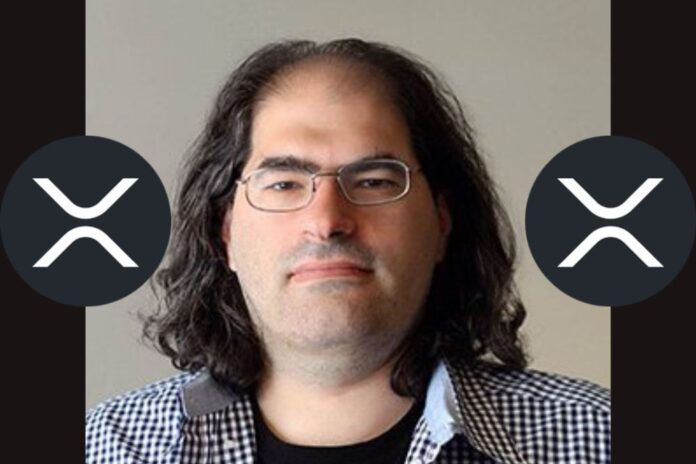Ripple’s Chief Technology Officer, David Schwartz, recently addressed a lingering misconception about the XRP Ledger (XRPL) that has circulated in various discussions and reports.
The issue came up on X, where Anders (@X__Anderson), a prominent crypto figure, asked Schwartz for his perspective on different organizations describing the XRPL as permissioned, semi-permissioned, or trusted.
Schwartz quickly dismissed the accuracy of these descriptions, stating that such terms were misleading. He responded, “I think it’s nonsense. A lot of things about blockchains really matter, but how specifically they happen to solve the double-spend problem is pretty much irrelevant. What possible effect does it have?”
Schwartz believes that the method used by XRPL to address key blockchain challenges, like preventing double-spending, does not warrant the restrictive labels that some have applied to it.
Understanding the XRP Ledger Consensus Protocol
At the heart of this misunderstanding lies a mischaracterization of how the XRP Ledger operates. Unlike a permissioned system, where access to network participation is restricted, the XRPL is based on an open, decentralized consensus protocol.
This protocol ensures that control is distributed among numerous independent validators, who collectively manage the ledger. There is no centralized authority directing the operation of the network, a fundamental aspect that makes the XRP Ledger distinct from systems that rely on permissioned models.
This design is evident in comments made by Ripple Chief Legal Officer Stuart Alderoty in early 2024. Alderoty revealed that the SEC was considering setting up a node on the XRPL, and emphasized that the SEC did not ask for Ripple’s permission and does not need it to establish a node on the XRPL.
The XRPL consensus mechanism allows the network to validate transactions without a central operator, ensuring that all participants can agree on the latest state of the ledger and the sequence of transactions. This design means that the network can continue functioning even if some validators behave unexpectedly or leave the network.
We are on twitter, follow us to connect with us :- @TimesTabloid1
— TimesTabloid (@TimesTabloid1) July 15, 2023
The Double-Spend Misconception
Schwartz emphasized that the specific approach taken by the XRPL to solve this issue is not the defining factor of the network’s structure. In the XRPL, the consensus process resolves the double-spend problem by ensuring that all transactions are validated and agreed upon by the network’s validators before they are added to the ledger. This prevents the same XRP token from being spent multiple times.
Schwartz will further discuss decentralized finance (DeFi) at the Permissionless conference, focusing on institutional DeFi and the transformative role of decentralized networks like the XRPL. Schwartz often dispels rumors and misconceptions about XRP and the XRPL and many are excited to hear what he says.
Disclaimer: This content is meant to inform and should not be considered financial advice. The views expressed in this article may include the author’s personal opinions and do not represent Times Tabloid’s opinion. Readers are urged to do in-depth research before making any investment decisions. Any action taken by the reader is strictly at their own risk. Times Tabloid is not responsible for any financial losses.
Follow us on Twitter, Facebook, Telegram, and Google News


